So, you’re planning on going camping and building your very first campfire? Well, that’s awesome! There’s just something special about sitting around a crackling fire in the great outdoors, isn’t there? But building a campfire requires a bit of know-how to make sure you do it safely and effectively. In this article, we’ll walk you through the essentials of building a campfire, whether you’re a beginner or just looking for some extra tips and techniques. So, grab your marshmallows and let’s get started!

When it comes to building a campfire, there are a few key things you need to keep in mind. First and foremost, safety should always be your top priority. You’ll want to make sure you have clear and safe surroundings, away from any flammable objects like trees or bushes. Additionally, it’s crucial to check if there are any local restrictions or regulations regarding campfires, as some areas may have fire bans in place.
Now, let’s talk technique. The first step is to gather your materials, which include tinder, kindling, and firewood. Tinder refers to easily inflammable materials like dry leaves, newspaper, or even cotton balls soaked in petroleum jelly. Kindling consists of small sticks or twigs, while firewood refers to the larger logs that will keep your fire burning. In our in-depth article, we’ll guide you through the process of arranging these materials in the proper way to ensure a steady and well-controlled fire. So, stay tuned to learn all the essential tips and techniques for building the perfect campfire! Have you ever sat around a crackling campfire, watching the flames dance and feeling the warmth on your face? There’s something truly magical about gathering around a campfire, whether you’re camping in the wilderness or simply enjoying a backyard bonfire with friends. Building a campfire is an art, and with a few essential tips and techniques, even beginners can master the art and create memorable campfire experiences.
Choosing the Right Location
When it comes to building a campfire, choosing the right location is crucial. Here are a few things to consider when selecting the perfect spot:
Considering the Surroundings
Before you start gathering firewood, take a look at your surroundings. Look for a level, open area that is free from any overhanging branches, bushes, or other flammable objects. Make sure there is enough space around the fire to comfortably accommodate everyone without feeling crowded.
Identifying Potential Hazards
Scan the area for potential hazards that could pose a risk to your campfire. Look out for dry grass, leaves, or debris that could easily catch fire. Check the wind direction to ensure that flames and sparks won’t be blown towards anything flammable.
Ensuring Proper Ventilation
Good ventilation is essential for a healthy and efficient fire. Choose a location that allows for proper airflow, as this will help the fire burn more evenly and reduce smoke. Avoid building a campfire in low-lying areas or places with heavy vegetation, as this can lead to smoky fires.
Gathering Firewood
Once you have selected the right location, it’s time to gather firewood. Here are a few important considerations:
Selecting the Right Type of Wood
Not all wood is created equal when it comes to building a campfire. Look for seasoned hardwood, such as oak, maple, or hickory. These types of wood burn slowly and provide long-lasting heat. Avoid using softwoods like pine or cedar, as they contain high levels of resin, which can create excessive smoke and sparks.
Collecting Firewood Safely
When gathering firewood, always follow proper safety guidelines. Only collect deadwood that is already on the ground and avoid damaging live trees or shrubs. Use a handsaw or axe to cut branches into manageable sizes, and never use gasoline or other accelerants to help start the fire.
Preparing the Firewood
Before you start building your campfire, it’s important to prepare the firewood properly. Break larger pieces into smaller logs and gather a variety of sizes, from small twigs to medium-sized branches. This will ensure a steady progression of burning material, making it easier to ignite and maintain the fire.

Creating a Fire Bed
A fire bed is the foundation of any successful campfire. Here’s how to create one:
Clearing the Area
Start by clearing the area where you plan to build your fire. Remove any leaves, grass, or debris to create a clean and safe space for the fire. This will help prevent accidental fires from spreading and ensure that your flames are contained.
Building a Rock Foundation
Next, build a rock foundation to contain the fire. Gather large rocks and arrange them in a circle or square, leaving a small opening for air to circulate. This will help to contain the fire and prevent it from spreading beyond the designated area.
Laying Down Tinder and Kindling
Once your rock foundation is in place, it’s time to lay down tinder and kindling. Tinder refers to small, easily ignitable materials such as dry leaves, twigs, or shredded bark. Lay a small bundle of tinder in the center of your fire bed. Next, arrange kindling, which consists of slightly larger sticks, in a teepee shape around the tinder. This will create the initial structure for your fire.
Setting up the Fire Lay
The fire lay refers to the arrangement of your firewood. Here are a few different methods to consider:
Choosing a Fire Lay Method
There are several fire lay methods to choose from, depending on your needs and available resources. Some popular options include the teepee lay, the log cabin lay, and the lean-to lay. Each method has its advantages and creates a specific fire shape and burning pattern.
Arranging the Firewood in Different Configurations
Once you have chosen a fire lay method, it’s time to arrange the firewood accordingly. Start by placing larger pieces of firewood parallel to each other over the kindling, creating a grid-like pattern. Continue alternating layers of smaller and larger firewood until you have built up the desired size and height for your fire.
Building a Teepee or Log Cabin Fire Lay
The teepee and log cabin fire lays are two popular options for beginners. For the teepee lay, arrange smaller pieces of firewood in a cone shape over the kindling. Leave an opening at the top to allow flames to escape. The log cabin lay involves placing two large pieces of firewood parallel to each other, then alternating layers of smaller sticks in a square or rectangular pattern.
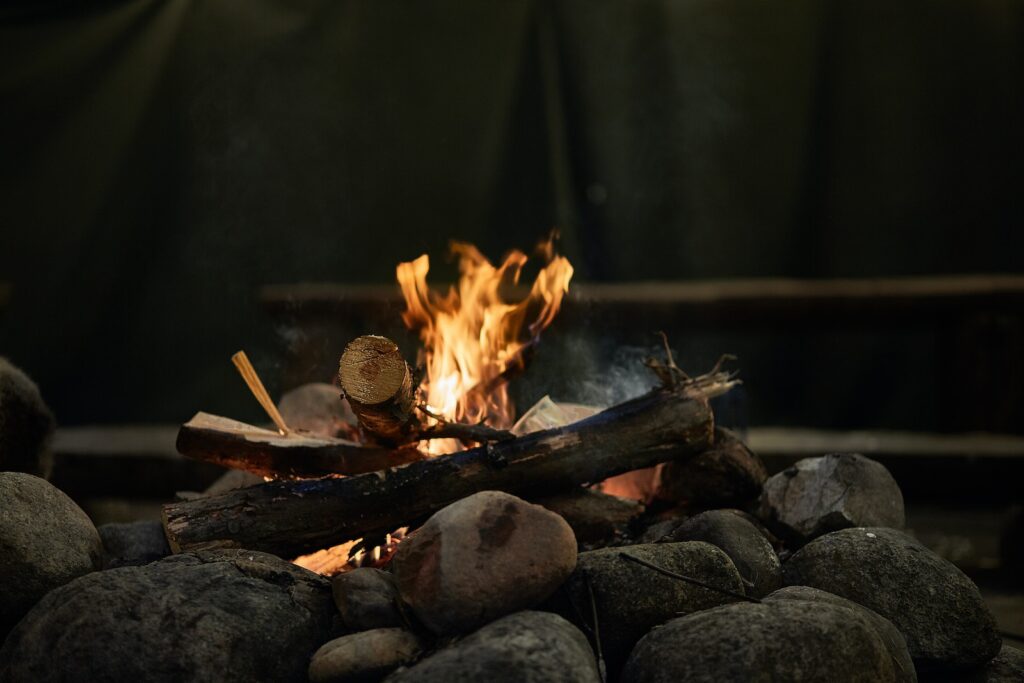
Igniting the Fire
Now that your campfire is set up, it’s time to ignite the flames. Here’s how to get your fire started:
Using Suitable Ignition Sources
There are various ignition sources you can use to start a fire. Some popular options include matches, lighters, or fire starters. Whichever method you choose, make sure to have them readily available before you begin. It’s always a good idea to bring multiple ignition sources in case one fails.
Techniques for Lighting the Tinder
Place the ignition source near the tinder and carefully ignite it. As the flames start to grow, gently blow on the tinder to provide oxygen and promote combustion. Be patient and allow the flames to gradually spread to the kindling and larger pieces of firewood.
Maintaining the Flame
Once your campfire is burning steadily, it’s important to maintain the flame. Add smaller pieces of firewood as needed to keep the fire going. Pay attention to the size and intensity of the flames, and adjust the airflow by slightly opening or closing the fire lay as necessary. As long as you maintain proper wood placement and ventilation, your campfire will continue to burn.
Managing the Fire
Managing the fire is essential to ensure its safety and longevity. Here are a few key considerations:
Adding the Right Amount of Fuel
To keep the fire burning steadily, add firewood in small increments rather than piling it on all at once. This will prevent the fire from becoming too intense and allow you to maintain better control. Balance is key – adding too much wood at once can smother the flames, while adding too little can result in the fire dying out too quickly.
Maintaining Proper Air Circulation
Proper air circulation is crucial for a healthy fire. Ensure there is enough space between the firewood for air to flow freely. Avoid compacting the fire lay too tightly, as this can restrict airflow and cause the fire to smoke excessively. If you notice a lot of smoke, gently fan the flames or adjust the fire lay to improve ventilation.
Controlling the Size and Intensity of the Fire
Campfires come in all shapes and sizes, depending on your needs and the prevailing conditions. Adjust the size and intensity of the fire by adding or removing firewood accordingly. During cold nights, you may want a larger fire to provide more warmth, while on hot summer days, a smaller fire may be sufficient.
Cooking over the Campfire
One of the greatest joys of a campfire is using it for cooking delicious meals. Here are a few tips for cooking over the campfire:
Choosing the Right Cooking Equipment
Before you start cooking, make sure you have the right equipment. Consider portable camping stoves, grills, or cast-iron cookware that can withstand high temperatures. Remember to bring essential utensils such as tongs, spatulas, and pots or pans suitable for outdoor cooking.
Preparing Food for Cooking
Prepare your food ahead of time, ensuring it’s properly seasoned and cut into manageable pieces. Marinate meats, chop vegetables, and place food on skewers or in foil packets to ensure even cooking and prevent flare-ups. Remember to keep perishable items cool until you’re ready to cook them.
Cooking Techniques and Safety Tips
Cooking over a campfire requires a different approach than using a stove or oven. When cooking meat, sear it quickly over the flames to lock in juices, then move it to a cooler part of the fire to continue cooking. Use indirect heat for slow-cooking or simmering dishes. Always use oven mitts or heat-resistant gloves when handling hot cookware, and never leave food unattended on the fire.
Extinguishing the Fire
As your campfire event draws to a close, it’s important to properly extinguish the fire. Follow these steps to ensure it is extinguished safely:
Safety Precautions before Extinguishing
Before you start extinguishing the fire, take a moment to ensure everyone is a safe distance away. Make sure there are no smoldering embers or sparks that could potentially reignite the fire when you’re not watching.
Cooling Down the Fire
Begin by cooling down the fire with water. Use a bucket or a nearby water source to pour water over the flames, starting from the outside and working your way towards the center. Stir the embers with a stick to ensure the water reaches all parts of the fire bed.
Properly Dousing the Fire
After the flames have been extinguished, continue pouring water over the fire bed until it is completely cool to the touch. Be thorough and ensure there are no hidden embers still smoldering. Use a shovel or a stick to mix the ashes and expose any remaining hot spots, then repeat the process of pouring water until the fire bed is completely cold.
Cleaning Up
Part of being a responsible camper is leaving no trace behind. Here are a few steps to ensure you leave the campsite clean and tidy:
Removing Any Remaining Debris
Before leaving the campsite, take the time to remove any remaining debris such as ash, firewood scraps, or food waste. Use a shovel or tongs to collect and dispose of these items properly.
Properly Disposing of Ashes and Embers
To dispose of ashes and embers, pour them into a metal container, such as a bucket or a designated ash can. Leave them there until they are completely cool, ensuring there is no risk of them reigniting. Once cool, they can be disposed of in a designated ash disposal area or scattered in an approved location.
Leaving No Trace
The Leave No Trace principle is an essential part of responsible camping. Pack out all trash and leave the campsite as you found it. Dispose of garbage and recyclables in designated bins or take them home with you. Leave nature untouched, so future campers can enjoy the beauty of the outdoors.
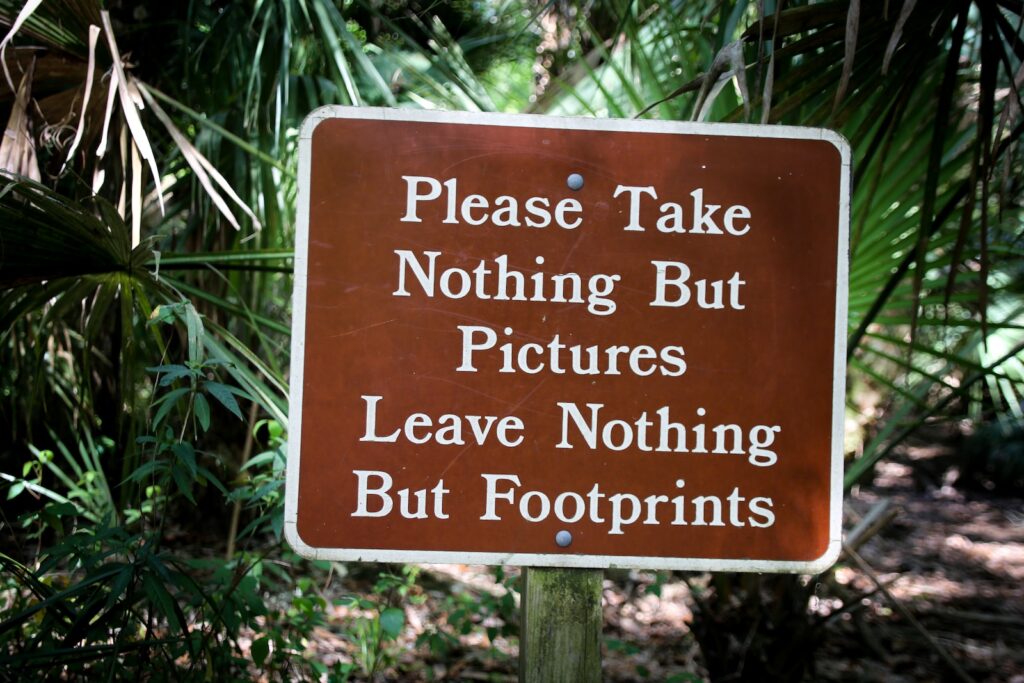
Campfire Safety Precautions
Building a campfire comes with its own set of safety precautions. Here are a few essential guidelines to follow:
Creating a Safe Fire Zone
Establish a safe fire zone by clearing a three to ten-foot radius around the fire. Remove any flammable objects, including dry leaves or vegetation. Keep children and pets away from the fire, and never leave it unattended.
Keeping a Fire Extinguisher Nearby
Have a fire extinguisher or a bucket of water readily available in case of emergencies. Familiarize yourself with how to use a fire extinguisher properly, and ensure that it is in working order.
Supervising the Fire at All Times
Never leave a campfire unattended, even for a short amount of time. Assign a responsible adult to supervise the fire at all times. This will help prevent accidents and ensure that the fire remains under control.
Benefits of Building a Campfire
Building a campfire offers more than just heat and light. Here are a few additional benefits:
Providing Warmth and Comfort
A campfire provides warmth, making chilly evenings more enjoyable. Gather around the fire with family and friends, snuggle up in blankets, and enjoy the cozy atmosphere.
Creating a Relaxing Atmosphere
There is something inherently calming about sitting by a campfire. The crackling of the flames and the soft glow create a peaceful ambiance, perfect for unwinding and letting go of the stresses of everyday life.
Promoting Mindfulness and Connection with Nature
Building a campfire allows you to disconnect from technology and reconnect with nature. It provides an opportunity to practice mindfulness, as you focus on the present moment and immerse yourself in the beauty of the outdoors.
Common Mistakes to Avoid
To ensure a safe and enjoyable campfire experience, here are a few common mistakes to avoid:
Using Improper Firewood
Using improper firewood can result in excessive smoke, sparks, and a fire that doesn’t burn properly. Avoid using softwoods like pine or cedar, as they contain high levels of resin. Instead, opt for seasoned hardwood, which burns more efficiently and produces less smoke.
Building a Fire Too Close to Flammable Objects
Building a fire too close to flammable objects, such as tents, trees, or shrubs, can lead to dangerous situations. Keep a safe distance between the fire and any flammable materials to prevent accidental fires.
Neglecting to Fully Extinguish the Fire
Leaving a fire unattended or not properly extinguishing it can be extremely hazardous. Always take the time to fully extinguish the fire, ensuring there are no smoldering embers or hot spots that could cause a fire to reignite.
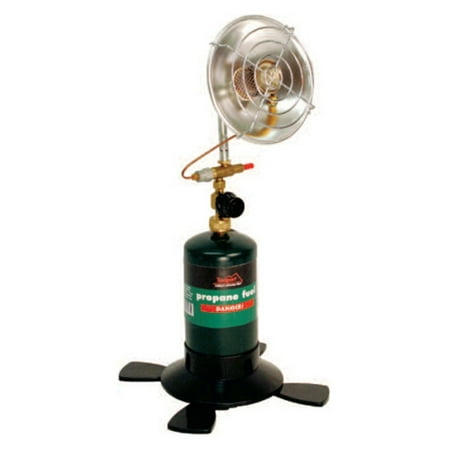
Perfect for camping, hunting, and cool weather outdoor activities, the Texsport Propane Heater adjusts up to 2,890 BTUs and is easy to transport and use. It works with 16.4 oz. or 14.1 oz. disposable propane fuel cylinders (not included) and safety features include an auto shut-off fuel valve if the flame goes out, large paddlefoot base for stability, and a safety grid. Texsport With a tagline of “Authentic Adventure Gear,” Texsport lives up to its name and its mission. The company has been creating top notch camping and outdoor recreational equipment for the past 40 years, and within its repertoire includes some of the finest hammocks and hammock stand sets you can find anywhere. With features like “no-see-um” cotton mesh netting, fire-retardant nylon material and more, rest assured youll enjoy your Texsport product in whatever adventure you next find yourself.
Campfire Etiquette
When enjoying a campfire, it’s important to practice proper campfire etiquette. Here are a few guidelines to follow:
Respecting the Environment and Wildlife
Campfires can have a significant impact on the environment and wildlife. Avoid stepping on vegetation, and do not disturb or harm any animals or their habitats. Leave the site cleaner than you found it to minimize your impact.
Keeping Noise Levels Low
Campfires are often a time for relaxation and reflection. Keep noise levels to a minimum, especially during quiet hours, to allow for a peaceful and tranquil atmosphere.
Sharing the Fire with Others
If you have the opportunity to share your campfire with others, embrace it. Building connections and enjoying the company of fellow campers can enhance the campfire experience and create lasting memories.
Conclusion
Building a campfire is an art that can be enjoyed by beginners and experienced campers alike. By following the essential techniques and safety precautions outlined in this guide, you can create a cozy and memorable campfire experience. So gather your firewood, choose the right location, and immerse yourself in the beauty of nature as you master the art of building a campfire. Happy camping!


 Buy Now
Buy Now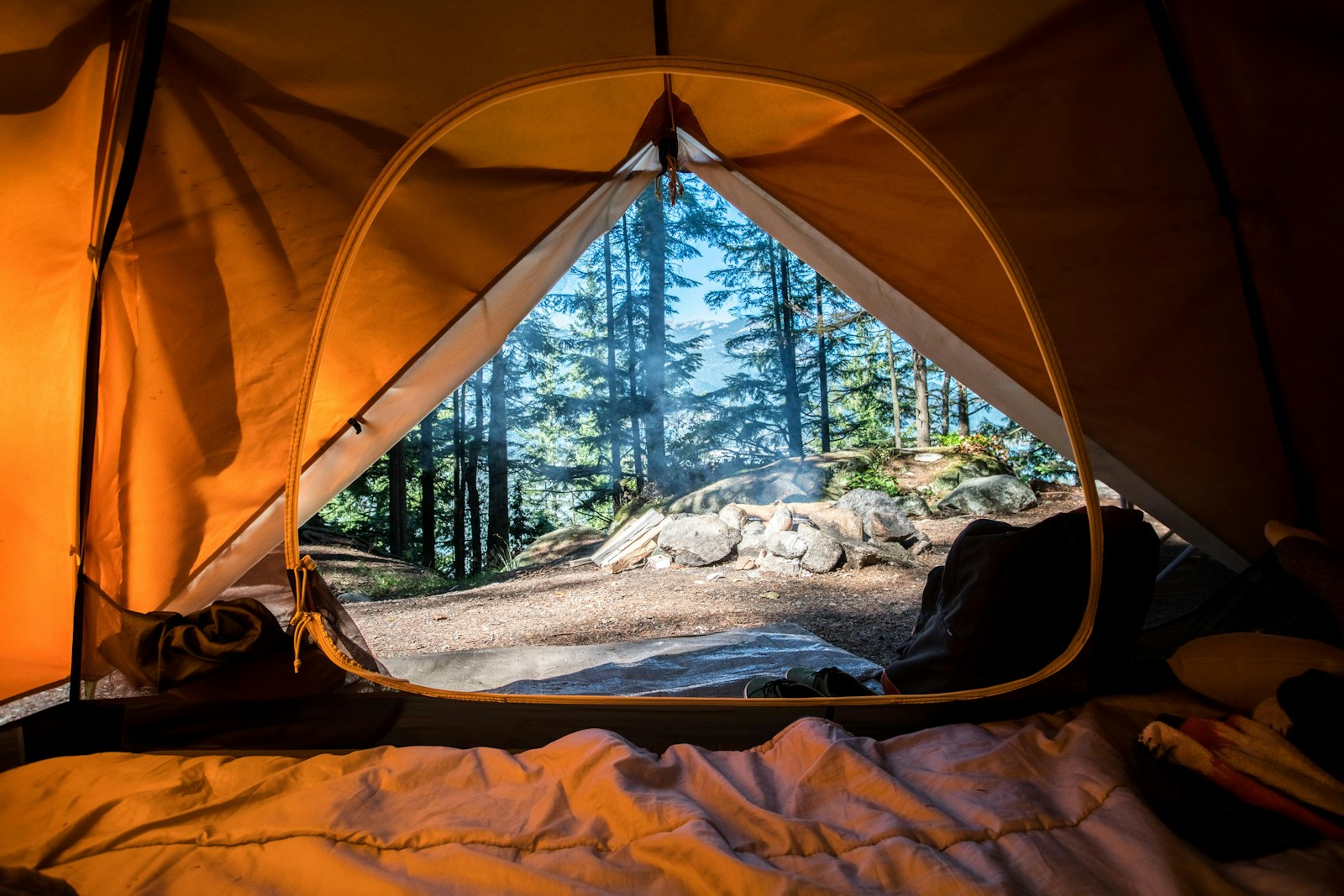
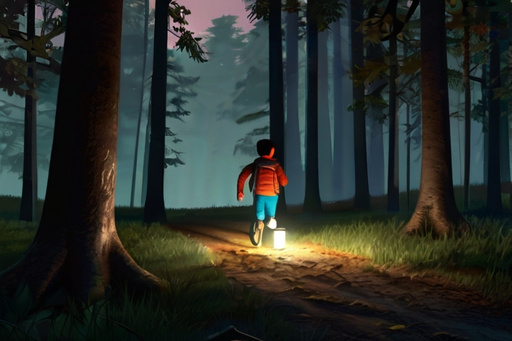
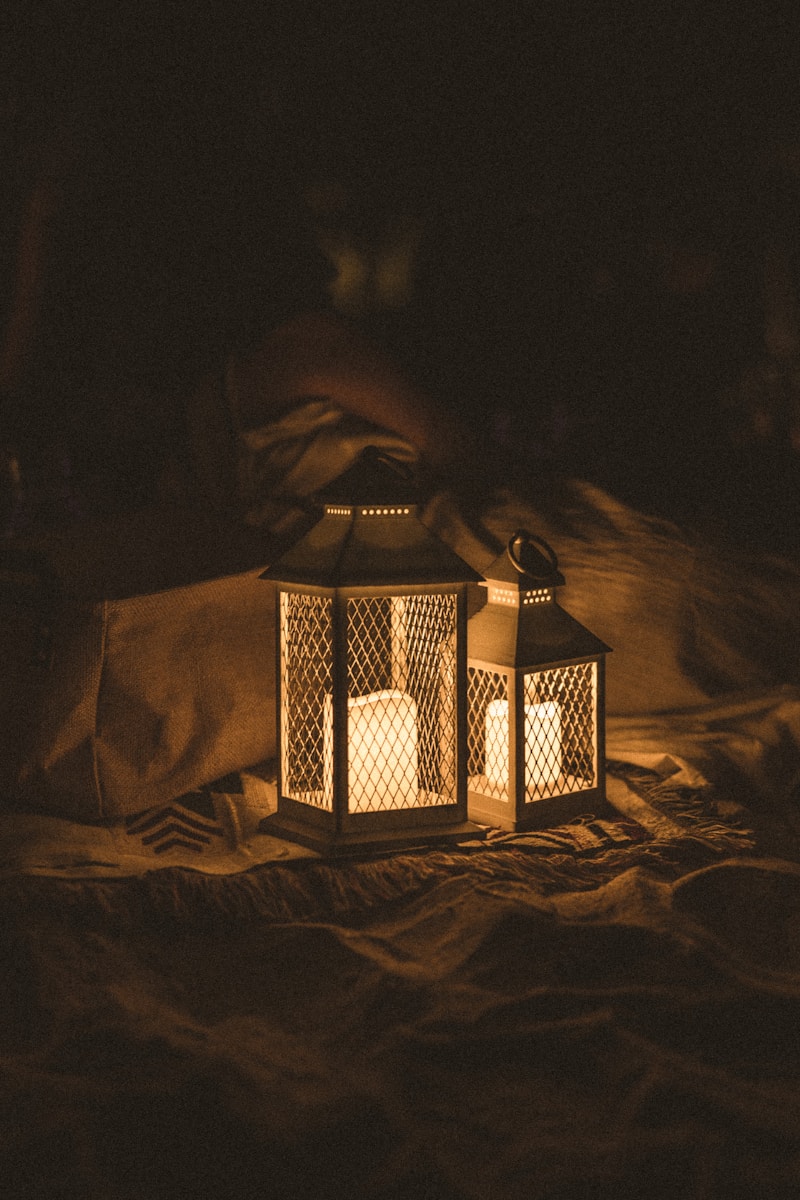
Leave a Reply